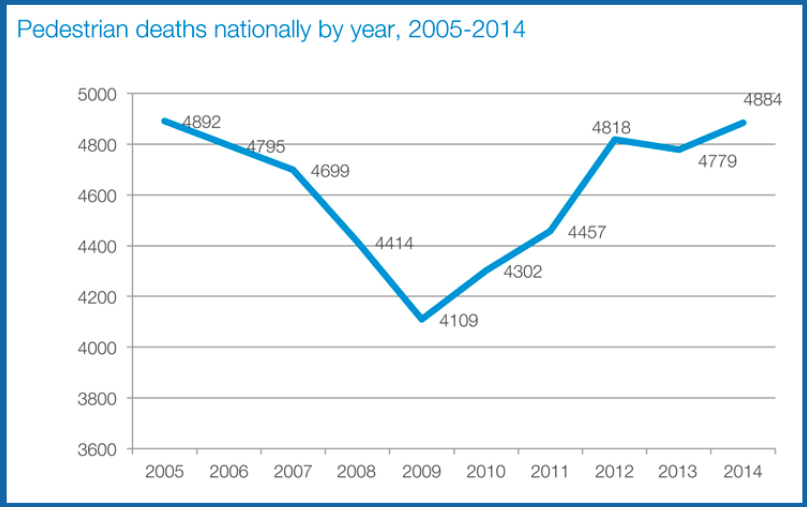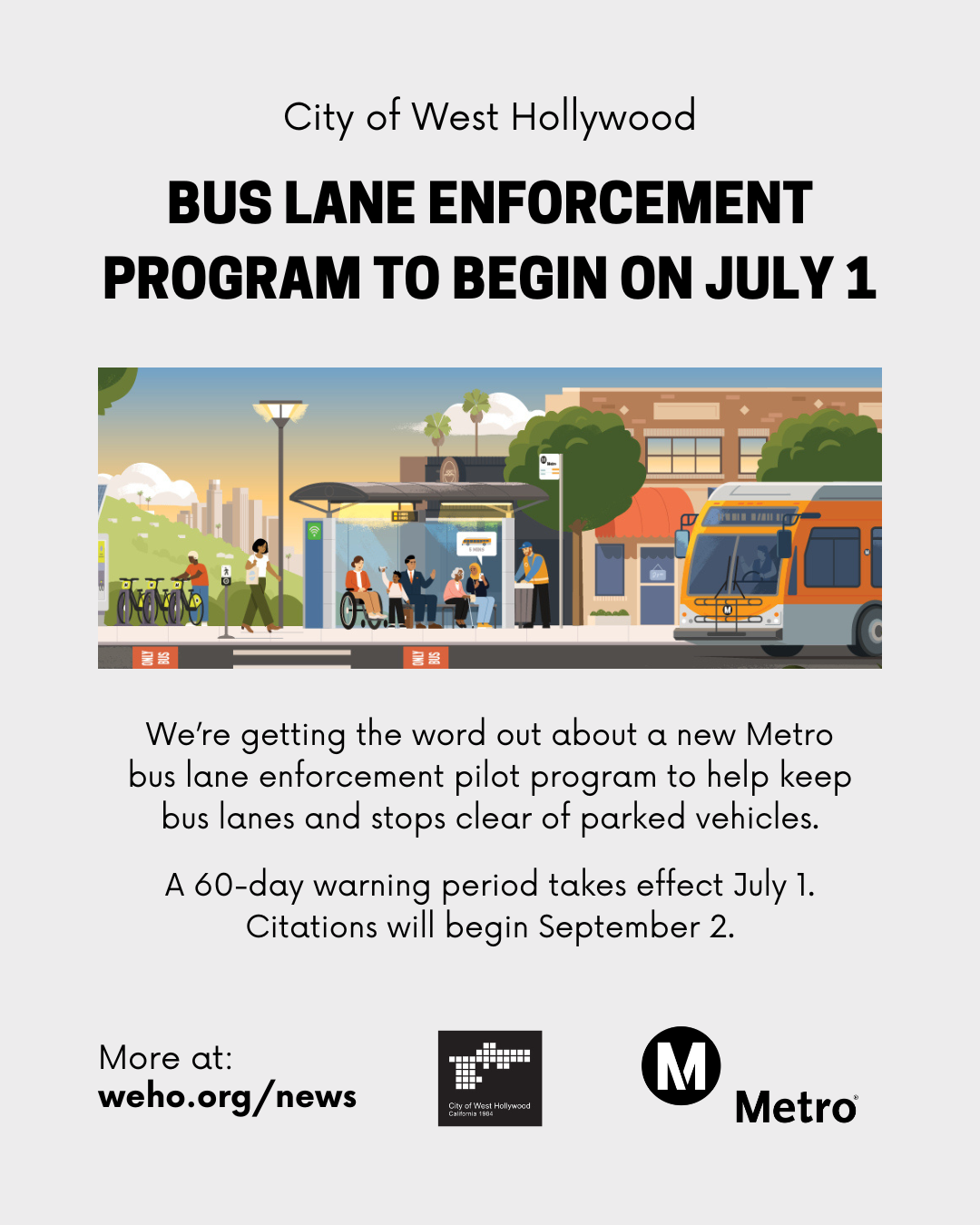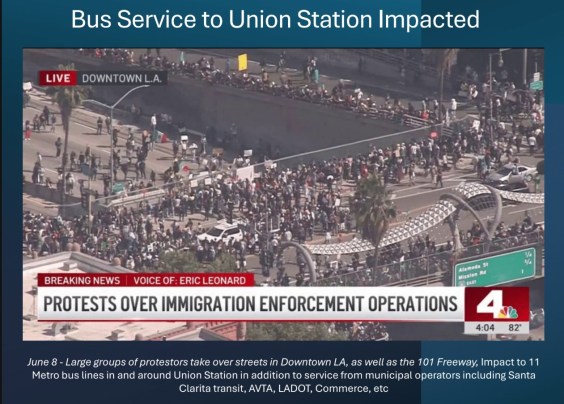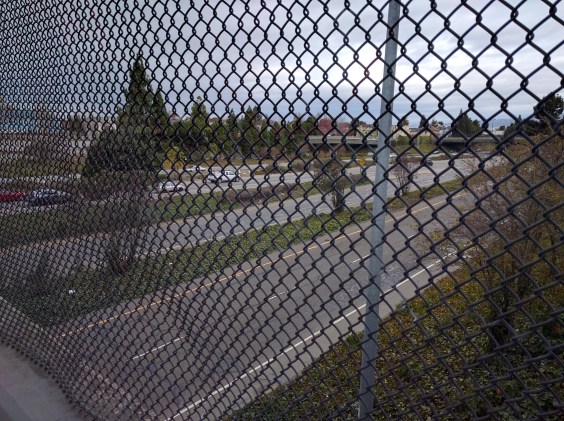As detailed at Streetsblog USA, Smart Growth America recently released its updated report, Dangerous by Design 2016, on pedestrian fatalities across the nation. In general the report found that the most dangerous areas for walking are in the South, and Florida tops the rankings with eight of the ten most dangerous cities.
But California cities are not immune. California as a state ranks at number 17 for pedestrian risk, with 6,616 pedestrian deaths between 2005 and 2014. That's almost two pedestrian fatalities per 100,000 people every year. The California regions with the highest pedestrian fatality rates are Bakersfield, Riverside-San Bernardino-Ontario, Stockton-Lodi, Modesto, and Fresno.
What do these areas have in common? Like many communities in California, they were built to accommodate cars, and many parts of them lack the most basic accommodations for pedestrians such as sidewalks and safe crossings. Yet people still need to walk, and when they have to navigate wide, busy streets with fast traffic, their chances of being injured or killed go up.
It's notable that none of these are high-density city areas where tons of people crowd sidewalks. The opposite: most of these areas are built with the assumption that people will get around by car, and those who don't drive are forced to navigate a hostile environment to get where they need to go.
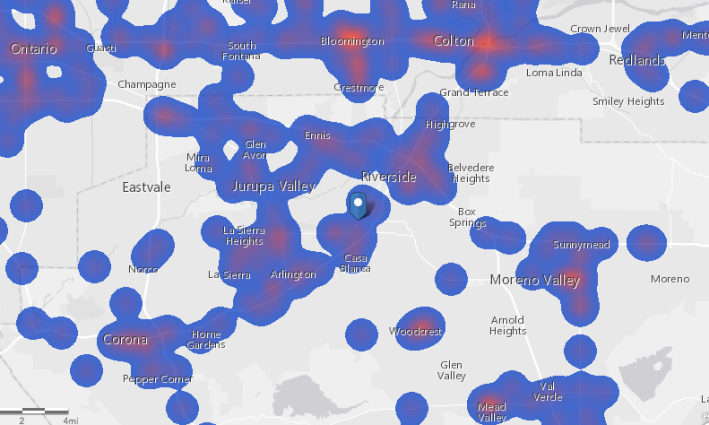
The SGA study also shows that risk has gone up in California in the last two years. Most of that risk might be accounted for by the Inland Empire, where pedestrians' fatality risk increased dramatically—more than any region in the U.S. except Jacksonville, Florida and the area around Memphis, Tennessee. Other California areas that show an increased risk are the San Jose-Sunnyvale-Santa Clara area and LA-Long Beach-Anaheim, although there the changes are not as dramatic as in Riverside and San Bernardino.
What has changed? At a webinar announcing the release of the report, Emiko Atherton of Smart Growth America said that since 2009, the economy has been growing, and more people are traveling by all modes, thus increasing their exposure and risk for accidents. But the risk to pedestrians also has a lot to do with street design. Higher speeds increase the likelihood that crashes will kill pedestrians. Many streets in California cities are built like highways, encouraging high speeds and forcing people who walk to make onerous choices about when and where to cross.
“Our infrastructure is failing us,” said Nancy LeaMond, of the AARP. She emphasized that the question of safety is not just limited to pedestrians, nor to vulnerable populations like seniors and children. “Safer streets will benefit everyone, including our rapidly growing aging population,” she said.
There's also the equity issue. The SGA report presents data showing that people of color and seniors are at higher risk of being struck and killed by vehicles while walking.
Charles Brown, a researcher at the Voorhees Transportation Center at Rutgers University, pointed out that these are largely preventable deaths, and the fact that they are disproportionately of people of color and older adults should be cause for concern.
“It shows how street design affects people of color,” said Brown “It causes loss of life. But not just that: it also drastically diminishes safe access to jobs, to parks, to health care, and to other forms of transit.”
It's time, he said, for “cities to give a disproportionate share of their funding to address the lack of pedestrian amenities in these communities, to make up for years of disinvestment in communities of color. These are the same communities that lack capacity and the relationships" with governmental agencies to speak up about what they need.
He applauded the efforts to do “walkability audits” to assess what a community's on-the-ground needs are, but said it's not enough to do so during the day. “People need to walk to and from jobs at night,” he said. “Do walkability audits after dark,” he added, to truly understand what's needed.
Smart Growth America's website has online maps where you can check your area, to see where pedestrian fatalities tend to occur. What is it about those areas that needs fixing?
